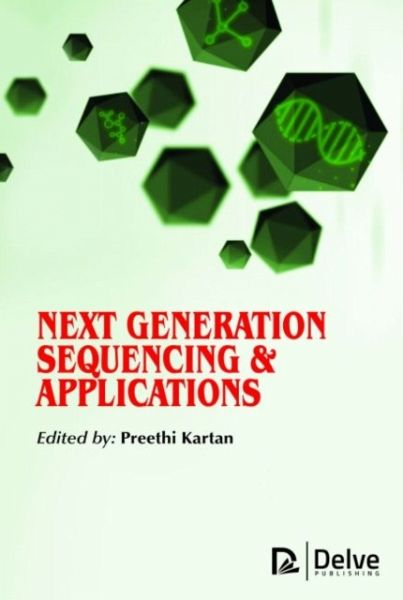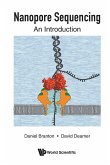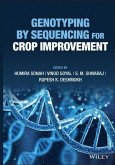Billions of spots of tiny genetic code comprise the human genome. It was DNA sequencing technology that had revolutionized genomic research by decoding the valuable genetic information by giving the picture of an exact order of occurrence of nucleotides in a DNA. The inception of first-generation sequencing method, also called Sanger sequencing took place in 1975. The first major breakthrough of first-generation sequencing comes, when the 13 year log Human Genome Project (HGP) was completed in 2003 at a cost $3 million. With ever increasing demands of researchers and clinicians, complex genomic research require a depth of information which is however beyond the capacity of traditional DNA sequencing technologies. These research questions gaps are very well addressed by Next-generation sequencing (NGS) has filled that gap of cheaper as well as faster sequencing technology. It is just a decade old technology, but it has popularize the next-generation sequencing to high-throughput sequencing hat allow millions to trillions of observations to be made in parallel during a single instrument run. Since the introduction of these technologies, the number of applications and methods that influence the power of genome-scale sequencing has increased exponentially. Although in genome research NGS has mostly superseded conventional Sanger sequencing, it has not yet translated into routine clinical practice. The following chapter will highlight the concepts, technologies, and methods of next-generation sequencing to illustrate the breadth and depth of the applications and research areas that are driving progress in genomics.
Hinweis: Dieser Artikel kann nur an eine deutsche Lieferadresse ausgeliefert werden.
Hinweis: Dieser Artikel kann nur an eine deutsche Lieferadresse ausgeliefert werden.








